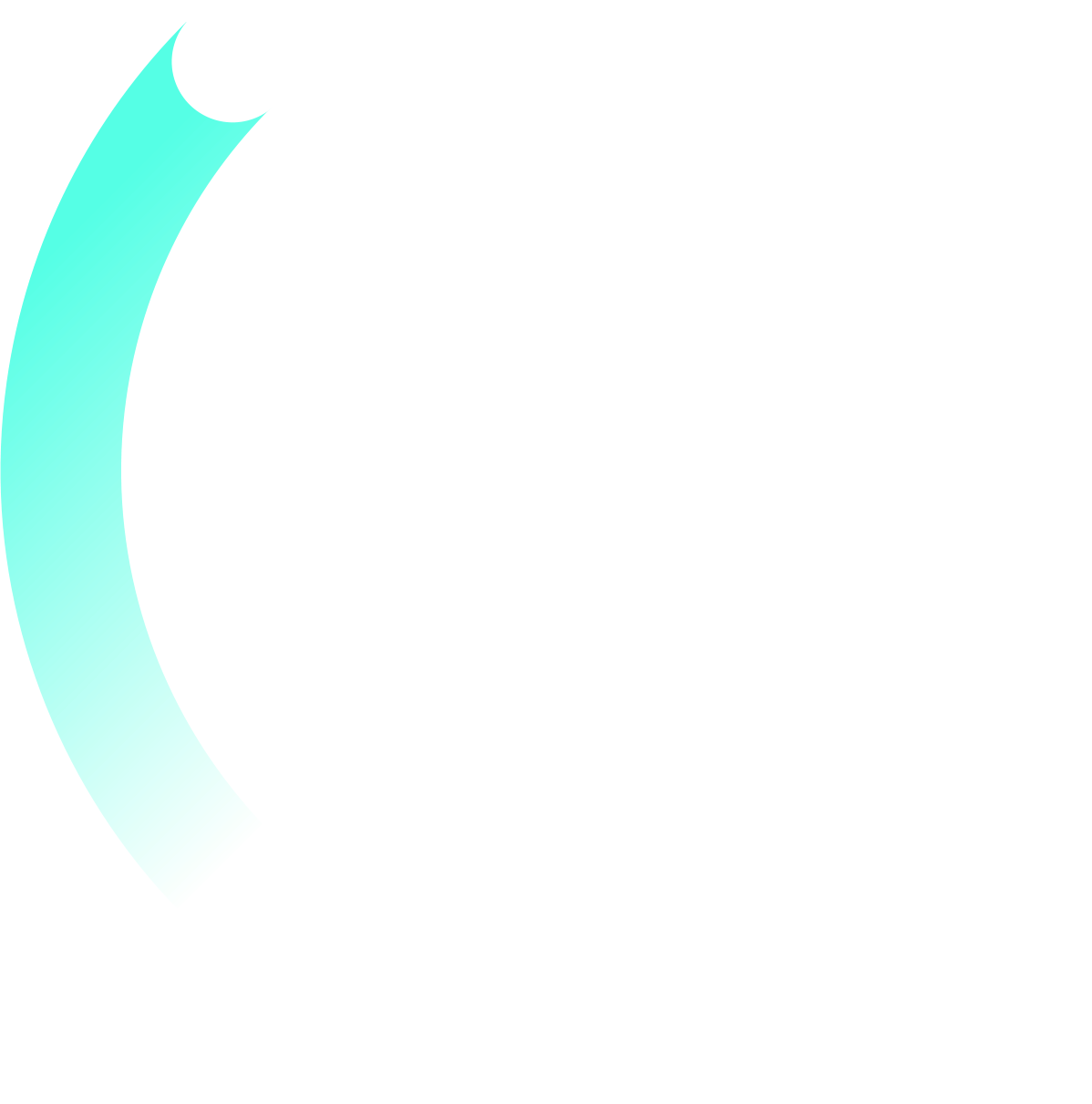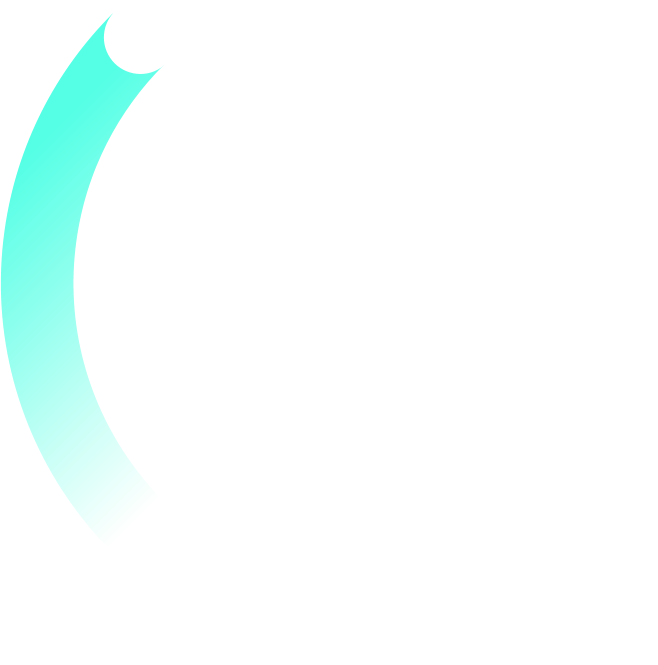Minor
shoulder
problems,
such
as
sore
muscles
and
aches
and
pains,
are
common.
Shoulder
problems
develop
from
everyday wear and tear, overuse, or an injury. They can also be caused by the natural process of ageing.
Your
shoulder
joints
move
every
time
you
move
your
arms.
To
better
understand
shoulder
problems
and
injuries,
you
may
want
to
review
the
anatomy
and
function
of
the
shoulder.
The
shoulder
is
a
ball-and-socket
joint
with
three
main
bones:
the
upper
arm
bone
(humerus),
collarbone
(clavicle),
and
shoulder
blade
(scapula).
These
bones
are
held
together
by
muscles,
tendons,
and
ligaments.
The
shoulder
joint
has
the
greatest
range
of
motion
of
any
joint
in
the
body.
Because
of
this
mobility,
the
shoulder
is
more
likely
to
be
injured
or
cause
problems.
The
acromioclavicular
(AC)
joint,
which
lays
over
the
top
of
the
shoulder, is also easily injured.
Shoulder
problems
can
be
minor
or
serious.
Symptoms
may
include
pain,
swelling,
numbness,
tingling,
weakness,
changes
in
temperature
or
colour,
or
changes
in
your
range
of
motion.
Shoulder
injuries
most
commonly
occur
during
sports
activities,
work-related tasks, projects around the home, or falls. Home treatment often can help relieve minor aches and pains.
The
rotator
cuff
is
a
group
of
strong,
rope
like
fibres
(tendons)
and
muscles
in
the
shoulder.
Rotator
cuff
disorders
occur when tissues in the shoulder get irritated or damaged. Rotator cuff disorders include:
•
Inflammation
of
the
tendons
(tendonitis)
or
of
a
bursa
(bursitis).
In
the
shoulder,
a
bursa
is
a
small,
fluid
filled
sac
that
serves as a cushion between the tendons and the bones.
•
Impingement, in which a tendon is squeezed and rubs against bone.
•
Calcium build-up in the tendons, which causes a painful condition called calcific tendonitis.
•
Partial or complete tears of the rotator cuff tendons.
Symptoms
of
a
rotator
cuff
disorder
include
pain
and
weakness
in
the
shoulder.
Most
often,
the
pain
is
on
the
side
and
front
of
the
upper
arm
and
shoulder.
It
may
hurt
or
be
impossible
to
do
everyday
things,
such
as
comb
your
hair,
tuck
in
your
shirt,
or reach for something. You may have pain during the night and trouble sleeping.

SHOULDER PAIN
Minor
shoulder
problems,
such
as
sore
muscles
and
aches
and
pains,
are
common.
Shoulder
problems
develop
from
everyday
wear
and
tear,
overuse,
or
an
injury.
They
can
also
be caused by the natural process of ageing.
Your
shoulder
joints
move
every
time
you
move
your
arms.
To
better
understand
shoulder
problems
and
injuries,
you
may
want
to
review
the
anatomy
and
function
of
the
shoulder.
The
shoulder
is
a
ball-and-socket
joint
with
three
main
bones:
the
upper
arm
bone
(humerus),
collarbone
(clavicle),
and
shoulder
blade
(scapula).
These
bones
are
held
together
by
muscles,
tendons,
and
ligaments.
The
shoulder
joint
has
the
greatest
range
of
motion
of
any
joint
in
the
body.
Because
of
this
mobility,
the
shoulder
is
more
likely
to
be
injured
or
cause
problems.
The
acromioclavicular
(AC)
joint,
which
lays
over
the
top
of
the
shoulder,
is
also
easily
injured.
Shoulder
problems
can
be
minor
or
serious.
Symptoms
may
include
pain,
swelling,
numbness,
tingling,
weakness,
changes
in
temperature
or
colour,
or
changes
in
your
range
of
motion.
Shoulder
injuries
most
commonly
occur
during
sports
activities,
work-related
tasks,
projects
around
the
home,
or
falls.
Home
treatment
often
can
help
relieve
minor
aches
and
pains.
The
rotator
cuff
is
a
group
of
strong,
rope
like
fibres
(tendons)
and
muscles
in
the
shoulder.
Rotator
cuff
disorders
occur
when
tissues
in
the
shoulder
get
irritated
or damaged. Rotator cuff disorders include:
•
Inflammation
of
the
tendons
(tendonitis)
or
of
a
bursa
(bursitis).
In
the
shoulder,
a
bursa
is
a
small,
fluid
filled
sac
that
serves
as
a
cushion
between
the
tendons
and
the bones.
•
Impingement,
in
which
a
tendon
is
squeezed
and
rubs
against bone.
•
Calcium
build-up
in
the
tendons,
which
causes
a
painful
condition called calcific tendonitis.
•
Partial or complete tears of the rotator cuff tendons.
Symptoms
of
a
rotator
cuff
disorder
include
pain
and
weakness
in
the
shoulder.
Most
often,
the
pain
is
on
the
side
and
front
of
the
upper
arm
and
shoulder.
It
may
hurt
or
be
impossible
to
do
everyday
things,
such
as
comb
your
hair,
tuck
in
your
shirt,
or
reach
for
something.
You
may
have
pain
during the night and trouble sleeping.










